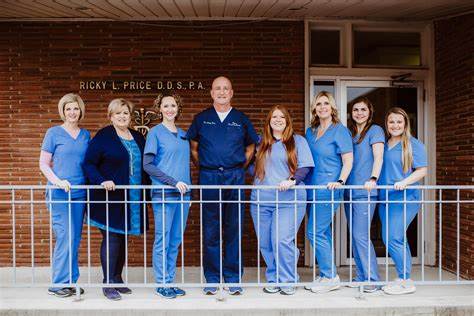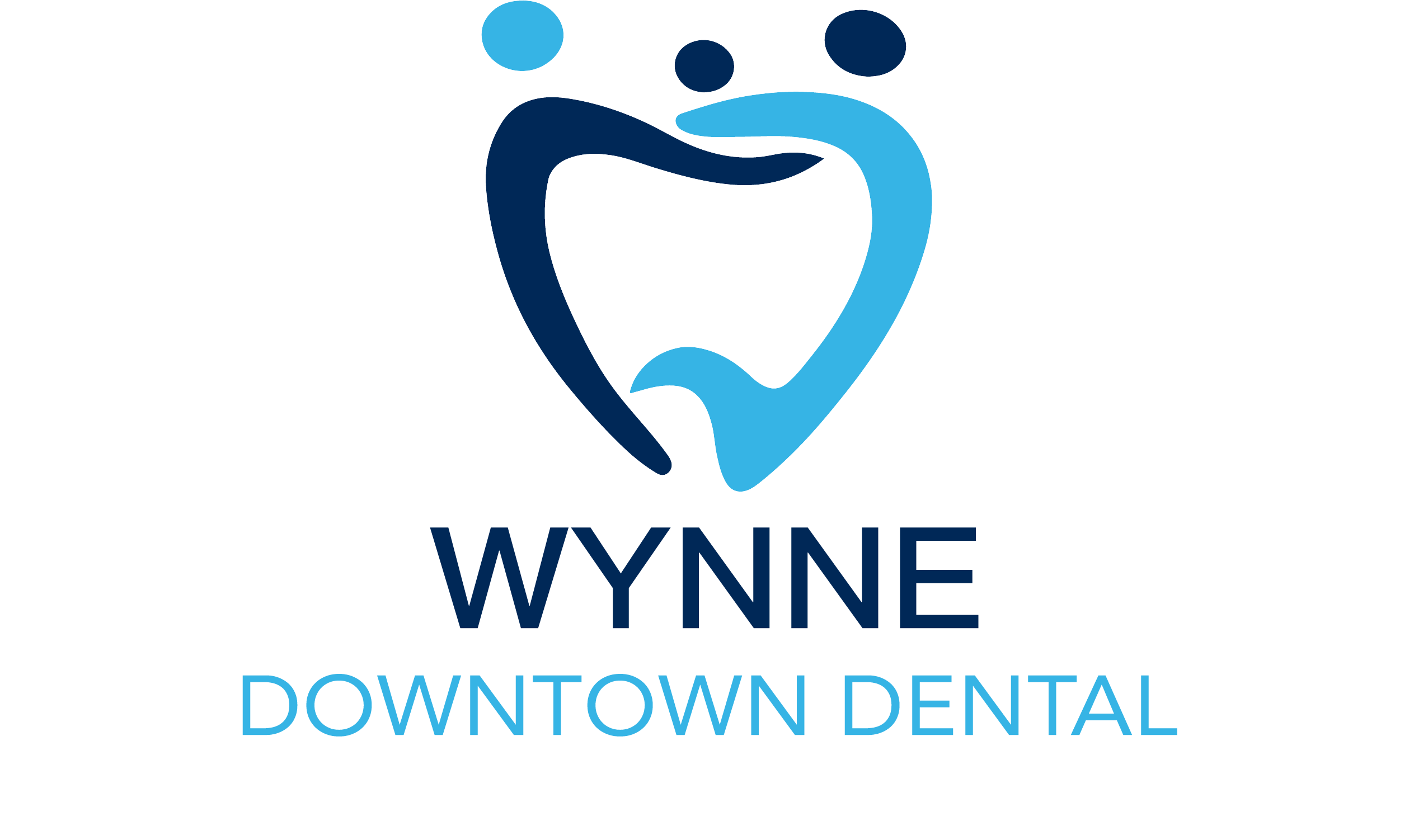
04 Nov The Importance of Restorative Dentistry
Taking care of your teeth is one of the most critical aspects of oral health. However, many of us take it for granted until something goes wrong. Because of this, there are times when teeth are damaged beyond natural repair. Whether it be sudden injury or progressive damage, in these instances the best solution is often to turn to restorative care.
Restorative dentistry plays a critical role in fixing and preventing oral health issues, ensuring that our teeth, gums, and mouths stay healthy and functional. Over the past few decades, progress when it comes to dental repairs has skyrocketed. As such, many different procedures can change your smile for the better. Today we’ll explore what restorative dentistry is, the different types of restorative procedures, and the numerous benefits they offer.
Restorative Dentistry, Explained
Restorative dentistry refers to the diagnosis, treatment, and management of diseases of the teeth and their supporting structures. The primary goal of restorative dentistry is to restore the function and integrity of missing or damaged tooth structures. This specific branch of dentistry focuses on repairing and replacing damaged or missing teeth. The mail goal is always to restore the mouth’s overall health and function.
While the end goal is always a healthy mouth, various factors can necessitate restorative dental treatments. Cavities, tooth decay, trauma, or tooth loss are all just some of the typical causes of these treatments.
The Different Forms of Restoration
As previously mentioned, there are numerous different types of restorative treatments. Due to the variation of different maladies, the number of treatments is vast, and it’s important to be aware of the different ones available. We’ll be discussing the most common treatments, and breaking each one down.
Fillings
One of the most common restorative procedures is dental fillings. Fillings are used to treat cavities and tooth decay, some of the most common oral issues among patients. The decayed portion of the tooth is removed, and the resulting cavity is filled. The biggest contrast between different fillings is the material used. Depending on patient preference and need, there are a number of different filling materials used by modern dentists.
Composite resin, metal amalgam, porcelain, and even gold are all different substances available for fillings! Composite resin fillings are particularly popular due to their natural appearance, and they can be color-matched to the patient’s teeth. Fillings restore the tooth’s normal function and prevent further decay by sealing off spaces where bacteria can enter.
Crowns
Dental crowns, or caps, are placed over damaged or weakened teeth to restore their shape, size, strength, and appearance. Crowns are often used after root canal treatment, large fillings, or to cover dental implants. Crowns not only strengthen the tooth but also improve its appearance, making them a versatile restorative option. Similar to fillings, they too can be made of a number of different materials.
Ceramic, porcelain, or composite resin are the typical options for crowns, but occasionally a metal crown may be placed, as well. These are more intensive compared to fillings, sometimes taking up to two appointments to complete resin treatments. However, when completed, they’re often strong, and excellent options for tooth repair.
Dentures
Dentures are removable appliances used to replace missing teeth and surrounding tissues. They usually come in two different types: complete dentures, which replace all teeth, and partial dentures, which fill in the gaps left by missing teeth.
Modern dentures are designed to look natural and fit comfortably, improving the wearer’s ability to speak and chew. They also help maintain the structure of the mouth and the position of the remaining teeth. They help fill out your oral cavity, which benefits aesthetic purposes tremendously.
Dental Bridges
A dental bridge is a fixed appliance that replaces one or more missing teeth by anchoring artificial teeth to the natural teeth or dental implants on either side of the gap. Bridges are typically made from porcelain or ceramic fused with metal, providing both durability and a natural appearance. They restore the ability to chew and speak properly, maintain the shape of the face, and prevent remaining teeth from drifting out of position.
Root Canal Treatment
Root canal treatment is necessary when the tooth’s pulp, which contains nerves and blood vessels, becomes infected or inflamed. This procedure involves removing the infected pulp, cleaning and disinfecting the inside of the tooth, and then filling and sealing it. A crown is often placed over the treated tooth to protect it and restore its function. Root canal treatment saves teeth that would otherwise need to be extracted, maintaining the natural tooth structure and preventing further dental issues.
The Benefits of Restorative Care
Improved Oral Health
Restorative dentistry addresses the underlying causes of oral health issues, such as cavities, decay, and missing teeth. By treating these problems, it helps prevent further complications like infections, gum disease, and bone loss. Maintaining good oral health is crucial for overall health, as untreated dental issues can lead to more serious health problems, including heart disease and diabetes.
Enhanced Functionality
Restorative dental procedures restore the functionality of teeth, allowing patients to chew, speak, and smile with confidence. Procedures like fillings, crowns, and bridges ensure that patients can eat a balanced diet without discomfort, which is essential for proper nutrition and overall health. Additionally, restoring damaged or missing teeth can improve speech and prevent embarrassment that often comes with dental issues.
Aesthetic Benefits
Restorative dentistry also has significant aesthetic benefits. Procedures such as crowns, bridges, and dentures are designed to look natural and blend seamlessly with the patient’s existing teeth. This helps improve the appearance of the smile, boosting self-esteem and confidence. A beautiful smile can have a profound impact on a person’s social and professional life, making restorative dentistry an important aspect of overall well-being.
Long-Term Cost Savings
Investing in restorative dental care can save patients money in the long run. Addressing dental issues early on prevents them from becoming more severe and costly to treat. Additionally, many of these procedures could be available at no extra cost! Medicare Advantage plans, also known as Medicare Type C, can cover a number of these treatments. Fillings crowns, dentures, and even oral surgeries are only a few of the things potentially covered. One of the best investments when it comes to dental care, make sure to check out our website for more information on the Medicare Advantage plan.
Conclusion
Restorative dentistry is vital for maintaining oral health, functionality, and aesthetics. By understanding the various restorative procedures available, such as fillings, crowns, dentures, bridges, and root canal treatment, patients can make informed decisions about their dental care.
The benefits of restorative dentistry extend beyond simply fixing dental problems; they include improved oral health, enhanced functionality, aesthetic improvements, and long-term cost savings. Prioritizing restorative dental care ensures that patients can enjoy a healthy, confident smile for years to come. Whether addressing minor issues or more complex dental problems, restorative dentistry provides essential solutions that contribute to overall well-being and quality of life.
Wynne Downtown Dental offers excellent restorative dentistry to cover your specific needs. Schedule an appointment with us today!

About Our Team
With over 30 years of expertise in the field of dentistry, our team here at Wynne Downtown Dental is ready to meet your needs. We’re passionate about educating our patients on improving their oral health and helping our patients get the smile they deserve.
